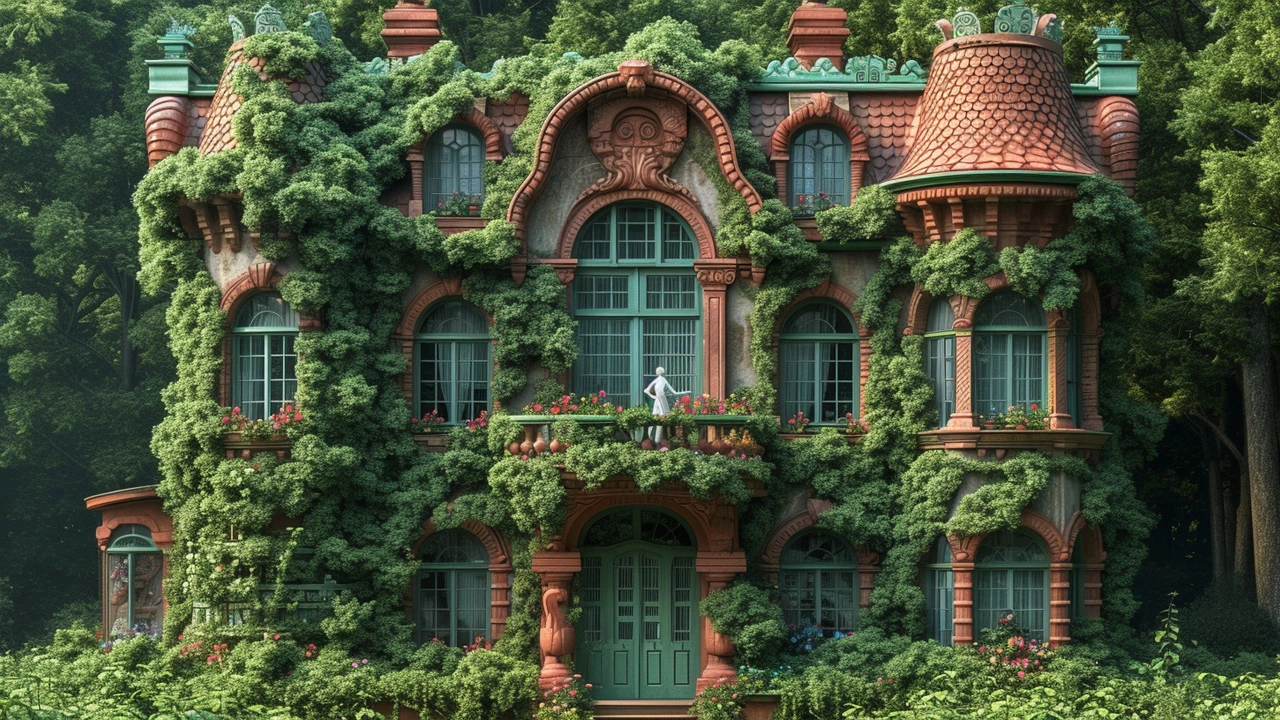Notable Architects: How to Spot the Hands Behind Great Buildings
Some buildings shout the name of their maker without a plaque. Want to read a façade the way an architect intended? Start by looking for repeated choices: shape, proportion, materials, and how ornament is used. Those clues point to the designers who changed how we live and move through cities.
This tag gathers posts that help you connect architects to the styles they shaped. You’ll find pieces on Ancient Roman engineering, Renaissance domes, Art Nouveau flourishes, Beaux-Arts grandeur, and modern movements like Functionalism and Postmodernism. Use the articles here to match visual clues with the people who invented them.
Quick ways to read a building
Want a fast checklist when you’re outside or flipping through photos? Try these five steps.
1) Date the look. Rounded arches and thick stone hint at Romanesque; tall pointed arches and tracery point to Gothic Revival. Knowing the era narrows the likely architects and influences.
2) Scan the silhouette. Big domes suggest Renaissance or Byzantine ideas; low, horizontal lines often tie to Wright-style American Craftsman or modernism. A playful mix of styles could mean Postmodern authorship.
3) Check the details. Columns, capitals, and window shapes are fingerprints. Palladio favored classical columns and perfect symmetry; Beaux-Arts buildings pile on ornament and grand stairways.
4) Look at materials and structure. Exposed concrete or pilotis often signal modernist work; ornate stone and mosaics can point to Byzantine or Baroque traditions.
5) Think about function. Was the design meant to show power (palace, cathedral), serve the public (train station, courthouse), or change daily life (homes, schools)? Architects choose features to match purpose.
Five architects and what to watch for
Vitruvius — not a flashy name, but his Roman rules on durability, utility, and beauty still guide builders. If you see arches, vaults, and aqueduct logic, you’re seeing his legacy. (Related: Ancient Roman Architecture)
Filippo Brunelleschi — look for engineered domes and clear geometric order. His work marks the start of Renaissance spatial thinking. (Related: Renaissance Architecture)
Andrea Palladio — symmetry, temple-like fronts, and villas with balanced proportions tell you Palladio’s influence is nearby. That tradition feeds into Greek Revival and Neoclassical looks. (Related: Greek Revival)
Frank Lloyd Wright — low roofs, integrated interiors, and a focus on nature are his signatures. When a house feels like part of its site, you’re in Wright territory or following his line (see American Craftsman connections).
Le Corbusier — open plans, pilotis, and plain surfaces show modernist aims to serve people simply and efficiently. Spot these and you’re seeing Functionalism in action.
Curious to go deeper? Read the linked posts under this tag to see real examples and photos. Pick one style, follow the key architects, then check buildings around town or on trips. You’ll start recognizing signatures fast, and the next time you pass a striking façade, you’ll know whose ideas shaped it.

Art Nouveau Architecture: A Tribute to Artistic Genius
As a passionate design aficionado, I’ve spent countless blissful moments celebrating the beauty and genius of Art Nouveau Architecture. This post is a tribute to the creative minds who used their artistic genius to craft buildings that are not just structures, but picturesque works of art. Get ready to journey through time as I explore some of the most notable architects and their contributions to the iconic era of Art Nouveau. Together, let's appreciate the innovation and intricate details of these architectural masterpieces that continue to captivate us today.
Read more